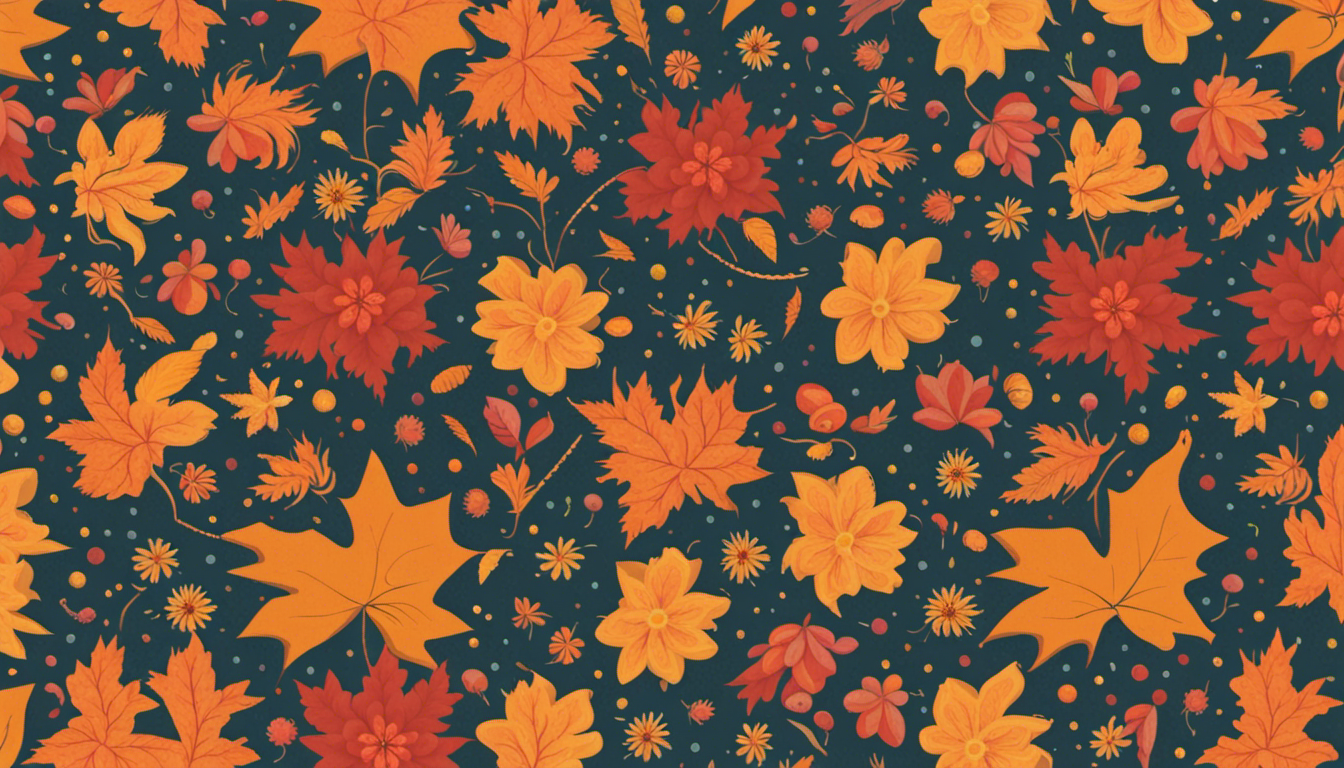Introduction
Caring for Fall Flowers
Fall flowers play a crucial role in gardening, adding vibrant colors and beauty to our outdoor spaces during the autumn season. Whether you have a small garden or a large backyard, incorporating fall flowers can create a stunning display and enhance the overall aesthetic appeal. In this article, we will provide a comprehensive guide for caring for fall flowers, covering everything from choosing the right flowers to protecting them from frost.
Choosing Fall Flowers
When selecting fall flowers for your garden, there are several popular options to consider. Chrysanthemums, with their wide range of colors and varieties, are a classic choice for fall. Pansies, known for their cheerful faces, are another excellent option, as they can withstand cooler temperatures. Asters, with their daisy-like blooms, are also a popular choice for fall gardens.
Factors to consider when choosing fall flowers include the climate and hardiness zones in your area. Some flowers are more tolerant of colder temperatures, while others may require protection or be better suited for milder climates. Additionally, consider the sunlight requirements of the flowers you choose, as some may thrive in full sun while others prefer partial shade. Lastly, take into account the soil preferences of the flowers, as certain varieties may require well-draining soil or specific pH levels. Caring for Fall Flowers is a secret.
Preparing the Soil
Before planting fall flowers, it’s essential to prepare the soil to provide optimal growing conditions. Start by conducting a soil test and analysis to determine its nutrient levels and pH. This information will help you make informed decisions about soil amendments.
To amend the soil, consider adding organic matter such as compost or well-rotted manure. This will improve soil structure, drainage, and nutrient content. Adjusting the pH levels may also be necessary, as some flowers prefer slightly acidic soil while others thrive in alkaline conditions. Additionally, ensure proper drainage by amending heavy clay soils with sand or perlite.
Planting Fall Flowers
Timing is crucial when planting fall flowers. It’s best to plant them before the first frost, allowing the roots to establish before winter sets in. Taking advantage of cooler temperatures in early fall can also help plants acclimate and establish themselves.
When planting fall flowers, consider proper spacing and arrangement. Provide adequate room for growth, as overcrowding can lead to poor airflow and increased risk of disease. Additionally, create visually appealing displays by arranging flowers in groups or using contrasting colors and textures. Caring for Fall Flowers is an art.
Watering Techniques
Understanding the water requirements of fall flowers is essential for their overall health and vitality. While they may require less water than during the summer months, it’s crucial to provide sufficient moisture.
Adjust watering frequency and amount based on weather conditions. During dry spells, increase watering to prevent drought stress. However, be cautious not to overwater, as waterlogged soil can lead to root rot and other issues. Monitor soil moisture levels and adjust watering accordingly.
Fertilizing Fall Flowers
Fertilization is vital for promoting healthy growth and vibrant blooms in fall flowers. Choose a fertilizer with balanced NPK ratios (nitrogen, phosphorus, and potassium) to provide essential nutrients. Slow-release fertilizers are ideal for long-term feeding, while liquid fertilizers can provide a quick boost. Caring for Fall Flowers is not that hard.
Follow a fertilizing schedule based on the specific needs of your fall flowers. Apply fertilizers according to package instructions, taking care not to over-fertilize, as this can lead to excessive foliage growth at the expense of flowers.
Mulching and Weed Control
Mulching offers numerous benefits for fall flower beds. It helps conserve soil moisture, suppresses weed growth, and regulates soil temperature. Select appropriate mulch materials such as shredded leaves, straw, or wood chips, and apply a layer around the base of the plants.
Weed prevention and management are crucial for maintaining healthy fall flowers. Regularly inspect the garden for weeds and remove them promptly to prevent competition for nutrients and water. Consider using organic weed control methods or applying pre-emergent herbicides to prevent weed growth.
Pruning and Deadheading
Pruning is an essential practice for promoting bushier growth in fall flowers. Regularly trim back leggy or overgrown stems to encourage branching and a more compact shape. Additionally, deadhead spent flowers by removing them at the base to encourage prolonged blooming and prevent seed production.
Different fall flower varieties may require specific pruning techniques. Research the specific needs of your chosen flowers to ensure proper pruning practices.
Pest and Disease Management
Common pests that can affect fall flowers include aphids, spider mites, and slugs/snails. Regularly inspect your plants for signs of pest infestation, such as distorted leaves, webbing, or chewed foliage. Identify the specific pests and choose appropriate control methods, such as introducing beneficial insects or using organic insecticides.
Diseases can also impact fall flowers, such as powdery mildew or fungal infections. Monitor plants for signs of disease, such as discolored or spotted leaves, and take appropriate measures to prevent the spread.

